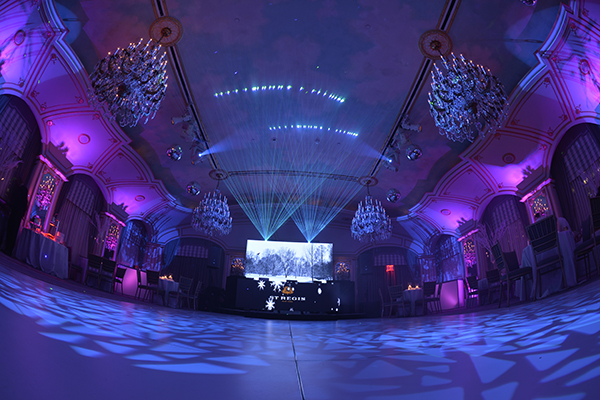Illuminating the Impact of Illumination Methods on the Art of Film Projection Mapping Techniques
Illuminating the Impact of Illumination Methods on the Art of Film Projection Mapping Techniques
Blog Article
Motion projection mapping is an innovative art form that merges tech and creativity to convert common surfaces into extraordinary sight displays. This technique involves casting images and videos onto three-dimensional objects, such as structures, artworks, or stages. One of the key significant elements in creating effective projection is the use of efficient illumination techniques. Proper illumination enhances the visual components of the projection and guarantees that the images are clear and engaging. This piece explores the influence of lighting techniques on video mapping and how they can elevate the complete experience.
Illumination plays a vital role in video mapping because it establishes the mood and tone of the exhibit. Different illumination methods can evoke various feelings and reactions from the audience. For instance, using gentle, warm lights can create a welcoming environment, while vivid, cool illumination may produce a more energetic or dramatic effect. By thoughtfully choosing illumination hues and intensities, artists can manipulate how viewers perceive the displayed visuals, leading to a more engaging experience. The balance between mapping brightness and ambient illumination is crucial, as it can greatly affect the clarity and impact of the visuals.
In addition, color and brightness, the direction of illumination also affects the effectiveness of mapping. Illumination from different angles can generate contrast and highlights that add depth to the mapped article source images. This technique, known as chiaroscuro, can enhance the three-dimensionality of the subjects being mapped. Additionally, using dynamic illumination can introduce energy to the display, making the encounter more involving for the viewers. When the illumination collides with the projected visuals, it can create an illusion of movement and transformation, capturing the viewers' attention.
Another essential element of illumination in mapping in the use of special effects. Techniques such as gobo lighting, read the full info here which uses patterns and forms to project light, can introduce depth and complexity to the mapping. This method allows artists to layer images and produce visually stunning effects that complement the mapping. Additionally, adding laser lights or LED illumination can additionally improve the display, providing a distinct mix of sight components that draw the viewers in. These special effects, when used thoughtfully, can elevate the projection beyond a basic show to an engaging piece of creativity.
In summary, the impact of illumination techniques on video projection is profound. By understanding how different lighting components connect with mapped images, creators can create captivating experiences that resonate with viewers. The careful choosing of color, brightness, angle, and unique features enables for a vivid canvas of sight narrative. As tech continues to grow, the possibilities for creative expression in projection will only grow, making illumination an ever-important component in this innovative art form.